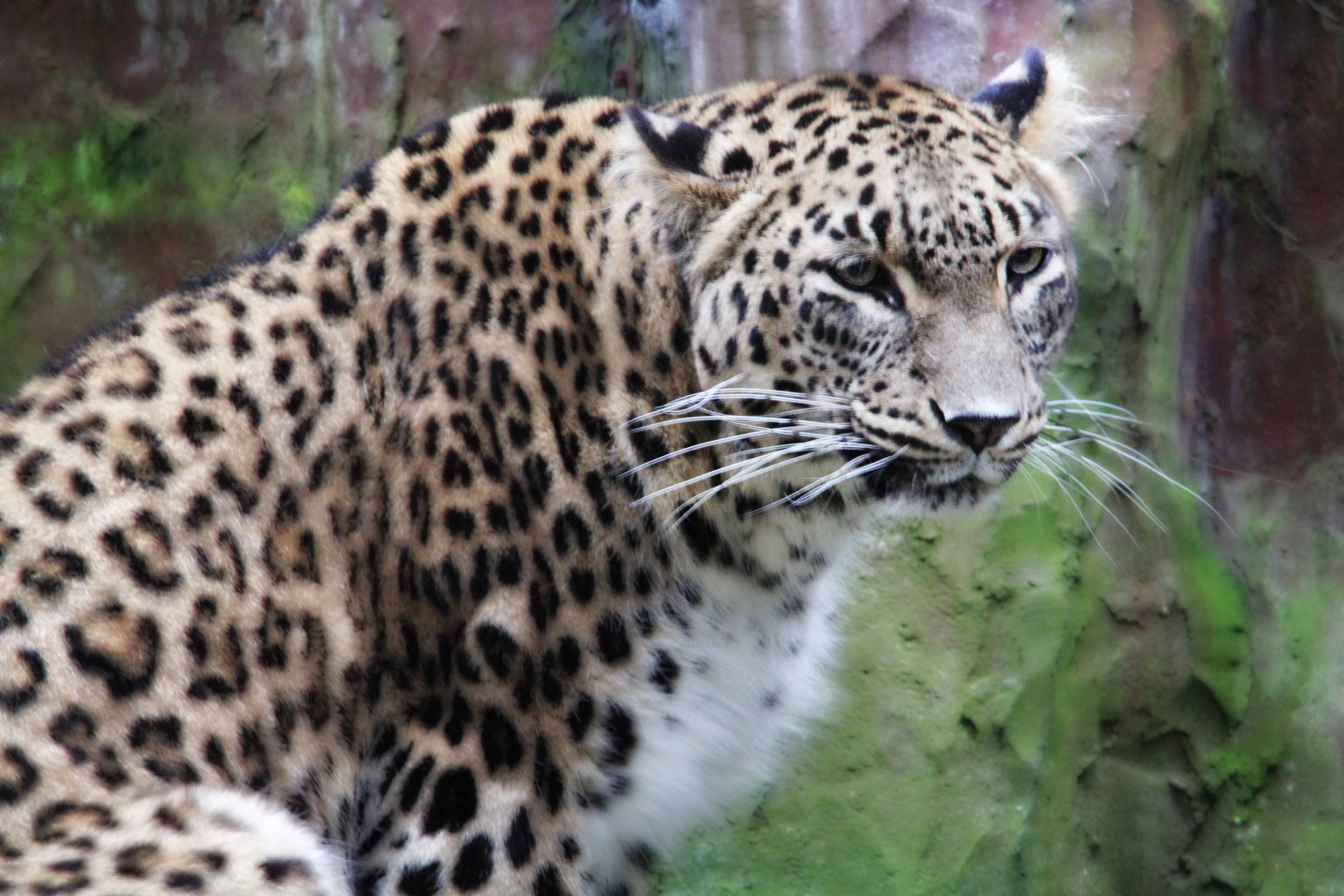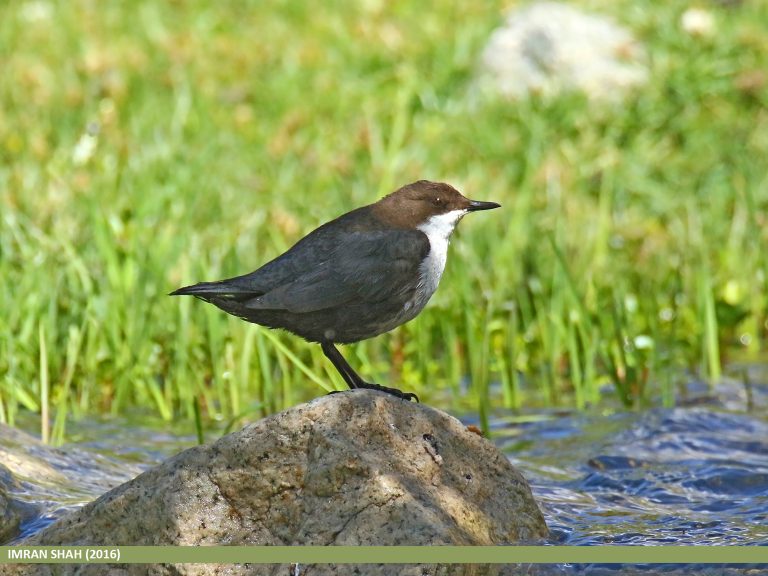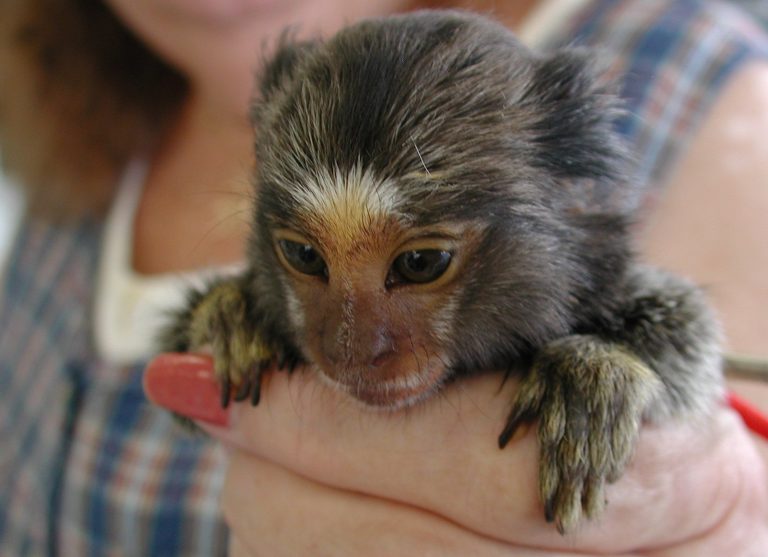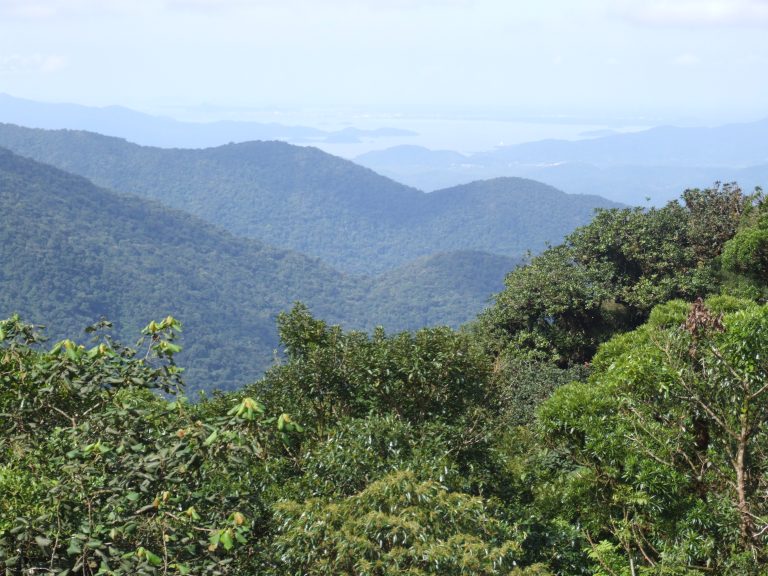The Amur Leopard: The Rarest Wild Cat of The World
What’s the rarest wild cat in the world?
Considering the number of individuals currently remaining in the wild, it’s the Amur leopard, a leopard subspecies.
In this post, I will share insights about this rare wild cat, including its unique adaptations, behaviors, and the threats it faces.
The Amur Leopard
Let’s learn some basic things about this magnificent animal first.
Scientific Classification
The Amur leopard belongs to the genus Panthera, which contains lions, leopards, and tigers.
Scientifically known as Panthera pardus orientalis, it’s a subspecies of leopard.
Physical characteristics
The Amur leopard has some striking physical characteristics that make it unique among leopard subspecies.
It has thick, pale cream-colored fur capable of insulating it against the extremely cold winters of its native range. This coat can turn a yellowish-red hue with a golden tinge in winter which turns more vivid in summer.
The rosettes on its flanks are spaced widely. They can measure up to 5 cm across, with darkened centers that provide better camouflage in the woods.
Amur leopards are smaller than other leopard subspecies. The males weigh between 32.2 to 48 kg (71 to 106 lbs) and measure about 107 to 136 cm (42 to 54 inches) in length, excluding the tails.
They have longer legs and wider paws, which are adaptations that help them move about their snowy surroundings easily.
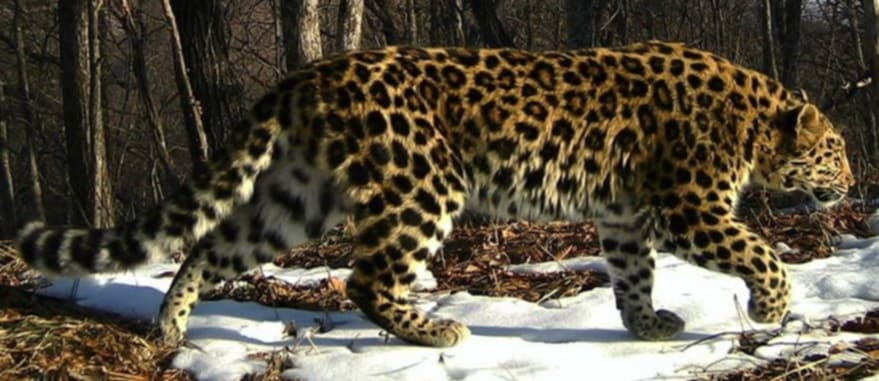
Behavior
Like all leopard subspecies, Amur leopards are mostly solitary animals.
Being very agile tree climbers, they often climb trees when threatened or to find food.
Amur leopards are mainly active at night, relying on their excellent eyesight and hearing to spot prey in the dark.
They are patient and stealthy hunters and quietly stalk their prey before pouncing.
Being very territorial, they mark their territory with scent markings and scratch marks on trees, warning other leopards to stay away.
Reproduction
Amur leopards become sexually mature around the age of 2.5 to 3 years.
The breeding season usually occurs in January and February. During this time, females make a special sound called “rumbling” to attract males.
After mating, the female gives birth to 2 to 3 cubs after a pregnancy of about 90 to 105 days.
The newborn cubs are born blind and very small, weighing only about 500 to 700 grams. They begin to open their eyes after around 10 days and start crawling shortly after.
The mother cares for the cubs alone, feeding them milk until they are introduced to meat around the age of three months. The cubs usually stay with their mother until they are 18 to 24 months old before becoming independent.
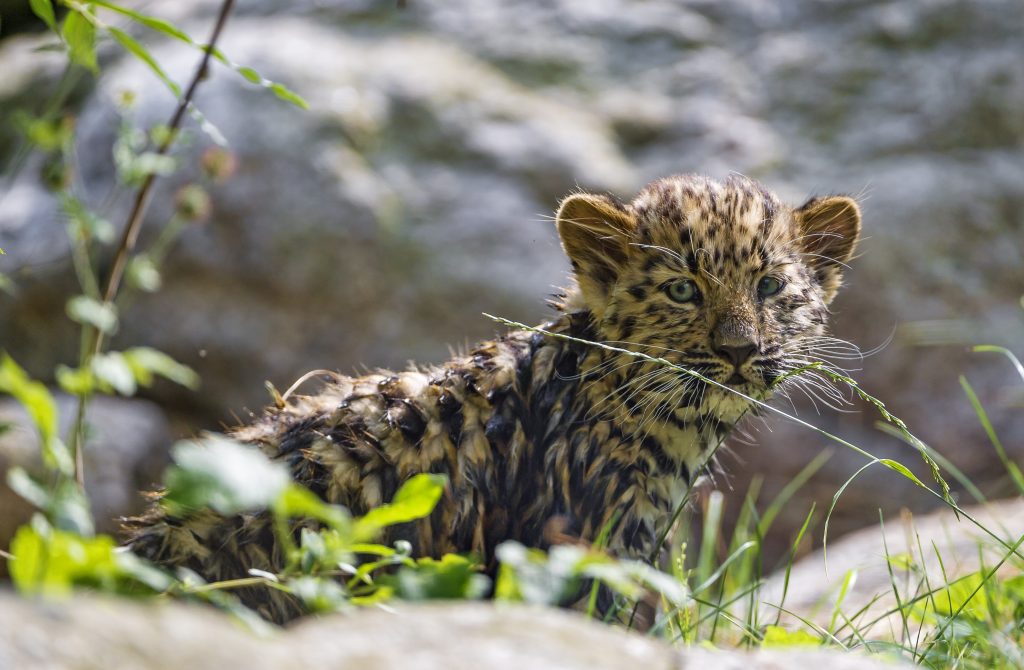
Where Do Amur Leopards Live?
Now let’s look at the geographical range the Amur leopards are found and what their habitat is like.
Geographic Distribution
Amur leopards are found mainly in two regions: southeastern Russia (particularly in Primorsky Krai) and northeastern China (mainly Jilin Province).
Within these areas, they inhabit dense forests that provide cover for hunting and breeding.
Specific protected areas like Russia’s Land of the Leopard National Park serve as sanctuaries for these endangered cats.
The Natural Habitat
The natural habitat of the Amur leopard is primarily the temperate forests in southeastern Russia and northeastern China.
These forests provide essential cover for their hunting and breeding.
They thrive in areas with dense vegetation and abundant prey.
What Does an Amur Leopard Eat?
So what kind of animals do Amur leopards prey on?
Diet and Hunting Habits of the Amur Leopard
The Amur leopard mostly preys on ungulates (hoofed animals) such as roe deer, sika deer, and wild boar.
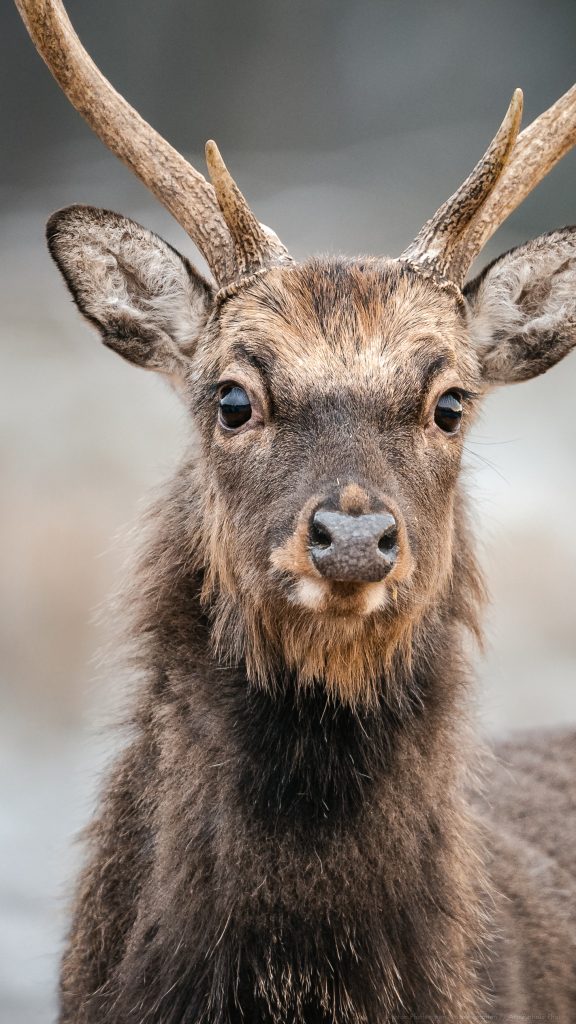
They are solitary hunters and rely on stealth and strength to catch their prey.
They often stalk their prey silently through dense underbrush, getting as close to the prey as possible without spooking them, before launching surprise attacks.
They play an important role in maintaining the balance of their habitat ecosystems by controlling herbivore populations.
What Makes the Amur Leopard the Rarest Wild Cat?
The Amur leopard is one of the most endangered big cats on Earth.
With a very small population remaining in the wild, it is considered rarer than even the Amur tiger.
It is classified as Critically Endangered by the IUCN Red List.
How Many Amur Leopards Are Left in the World?
According to the latest estimates, there are only around 100 Amur leopards left in the wild.
Conservationists have made significant efforts to increase this number from fewer than 30 individuals in the 1970s.
Ongoing conservation efforts focus on habitat restoration and preventing poaching to stop these beautiful cats from being extinct.
Threats to Amur Leopard Survival
Despite some successes in conservation attempts, the Amur leopard still faces several serious threats.
One such major threat is poaching, as illegal hunters kill these leopards for their beautiful fur.
Habitat loss is another threat to their survival; deforestation and land conversion for agriculture make Amur leopards lose places where they live and hunt.
Also, due to the small population size, they tend to interbreed. That reduces their genetic diversity and increases the risk of genetic disorders.
These challenges make it hard for the Amur leopard population to recover and thrive in the wild.
Factors Affecting Amur Leopard Habitat
Human activity poses a great threat to the Amur leopard’s habitat.
Activities such as logging, agricultural expansion, and industrial development have caused considerable habitat loss.
Also, climate change doesn’t make things any easier, with altering vegetation patterns and increasing frequency of forest fires.
As temperatures rise and weather patterns change, the delicate balance of ecosystems that support Amur leopards is toppled.
This can affect the availability of prey, making their survival even harder.
Conclusion
The Amur leopard, scientifically known as Panthera pardus orientalis, is the rarest wild cat in the world, with approximately 100 individuals remaining in the wild.
This critically endangered species faces threats from poaching, habitat loss, and inbreeding due to its small population.
Conservation efforts have been somewhat successful in increasing their numbers and protecting their habitats, particularly in southeastern Russia and northeastern China.
However, challenges like climate change and human activities continue to threaten their survival, requiring immediate action to ensure this animal does not go extinct.

